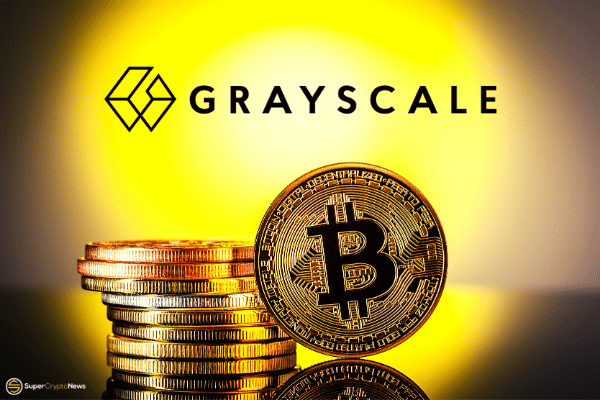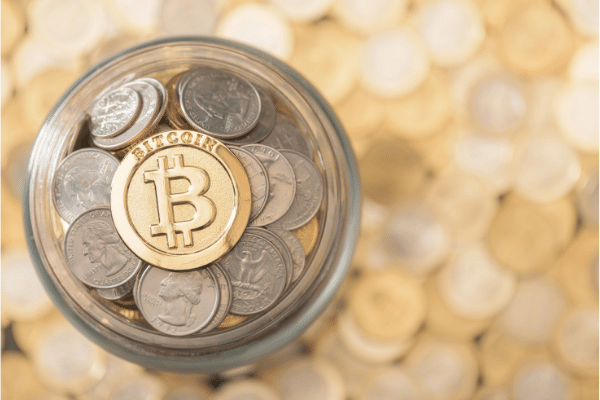By Novum Capital
Non-Performing Loan (NPL) Market Overview
The global loan portfolio market has over the last few years been geographically centred around Europe as the ongoing deleveraging from the Global Financial Crisis continue. The last three years have seen nearly $320 billion of loan portfolios being traded across Europe.
European banks have an estimated EUR944 billion of NPLs (non-performing loans) sitting on their balance sheets, with Italy accounting for EUR224.2 billion, and Greece comprising EUR112.3 billion of that sum total. Most recently Greece and Cyprus are at the forefront of the investor community’s attention. Moreover, as searching for yield, the focus of NPL investors has migrated to Italy, Spain and Portugal in the past few years with Italian banks are sitting on Europe’s largest pile of non-performing loans of EUR 224.2 billion.
ECB data shows the total gross book value of NPL portfolios traded in the Eurozone reached a peak of EUR66 billion in Q4 of 2017. Meanwhile, transactional volumes for the whole of 2017 reached EUR157 billion, increased by 42% in comparison with the previous year, dominated by Italy and Spain.
Asian NPL market exceeding US$500 billion
Investors are now seeking for opportunities outside of the core European market. It is clear that Asia is firmly on the investment radar as the total official NPL numbers in South East Asia, China, India and Japan reached approximately US$518 billion. With the impact of further unofficial distress remaining within the system, Asian market is the one that cannot be ignored from an investor’s standpoint.
As a matter of fact, over the last year, Asian NPL market has certainly witnessed an influx in investments. A number of international investors have attempted to benefit from first‑mover advantage, acquiring small portfolios across the region in an attempt to familiarise themselves with legal and servicing frameworks. This has not only enabled investors to enhance their understanding of local markets, but also set up business to allow for the acquisition of further, bigger portfolios across the region as the market develops.
Particularly, international buyers purchased at least 12 NPL portfolios in 2018, up from nine in 2017. According to PwC estimates, as of June 30 2018, bad loans, distressed debt piled up in China to US$1.4 trillion — the biggest in the world, driven by a slowing economy and regulatory.
Restraining Rise of NPL Transactions
It is obvious that the NPL markets is growing and promises lucrative opportunities for investors. However, there are still various impediments that restrain the rise of NPLs transactions:
- Undocumented personal small cash loans and unpaid credits leading to a financial suffer for creditors as well as conflicts between creditors and debtors.
- Compounded barriers to enter the market, limited accessibility for investors — especially individual investors — to participate in NPLs investment.
- Lengthy procedures of NPL collection and social costs caused by excessive credit collection activities and intermediaries.
- Problems with encashment of receivables before maturity date causing financial loss for creditors.
- Market failures such as information asymmetries and coordination challenges between creditors (when debtors have multiple loans with different creditors).
The need for a transparent NPL transaction platform
This provokes a need to have a transparent marketplace for NPL transactions. In this case, a blockchain-based NPL trading platform is considered as a feasible solution.
A blockchain-based NPL transaction platform can help overcome the sources of market failure and induce new investors to enter the market. Particularly, it can contribute to the growth in NPL trading by:
- Lowering the barriers to enter the market: with the appliance of blockchain technology in an NPLs transaction platform, it can tokenize the bad debts or the NPLs portfolio, and an ordinary person can become an investor with even $1 or less, depending on the receivables Tokenization process. It can also provide investors with ability to hold partial rights to various receivables, lowering the barrier to entry and increasing liquidity.
- Reducing transaction costs and social costs: An NPL platform can substantially lower the costs of investors’ due diligence by utilizing professional receivables evaluation and collection expertise, then allowing a wide pool of interested investors to access them. At the same time, collection expenses and duration are minimized due to structured and large-scale collection without broker intervention.
- Reducing the financial suffering for creditors in person loans by documentize the undocumented personal loans and account receivables. Regardings social relationship, social conflicts and cost factors related to the receivable collection are minimized, due to friendly orientated and transparent receivable collection system and process.
- Resolving the market failures such as information asymmetries, transparency and coordination problems that arise from multiple creditors having a claim on a specific borrower and the resulting problem of imperfect excludability. The NPL transaction platform can help overcome the imperfect excludability and creditor coordination problems by granting investors access to all creditors’ exposures to a troubled debtor.
These benefits will later lead to an increase in investor interest and, in particular, the NPL market being opened up to new investors, even unaccredited investors, and thereby the growth of a transparent NPL market globally.


